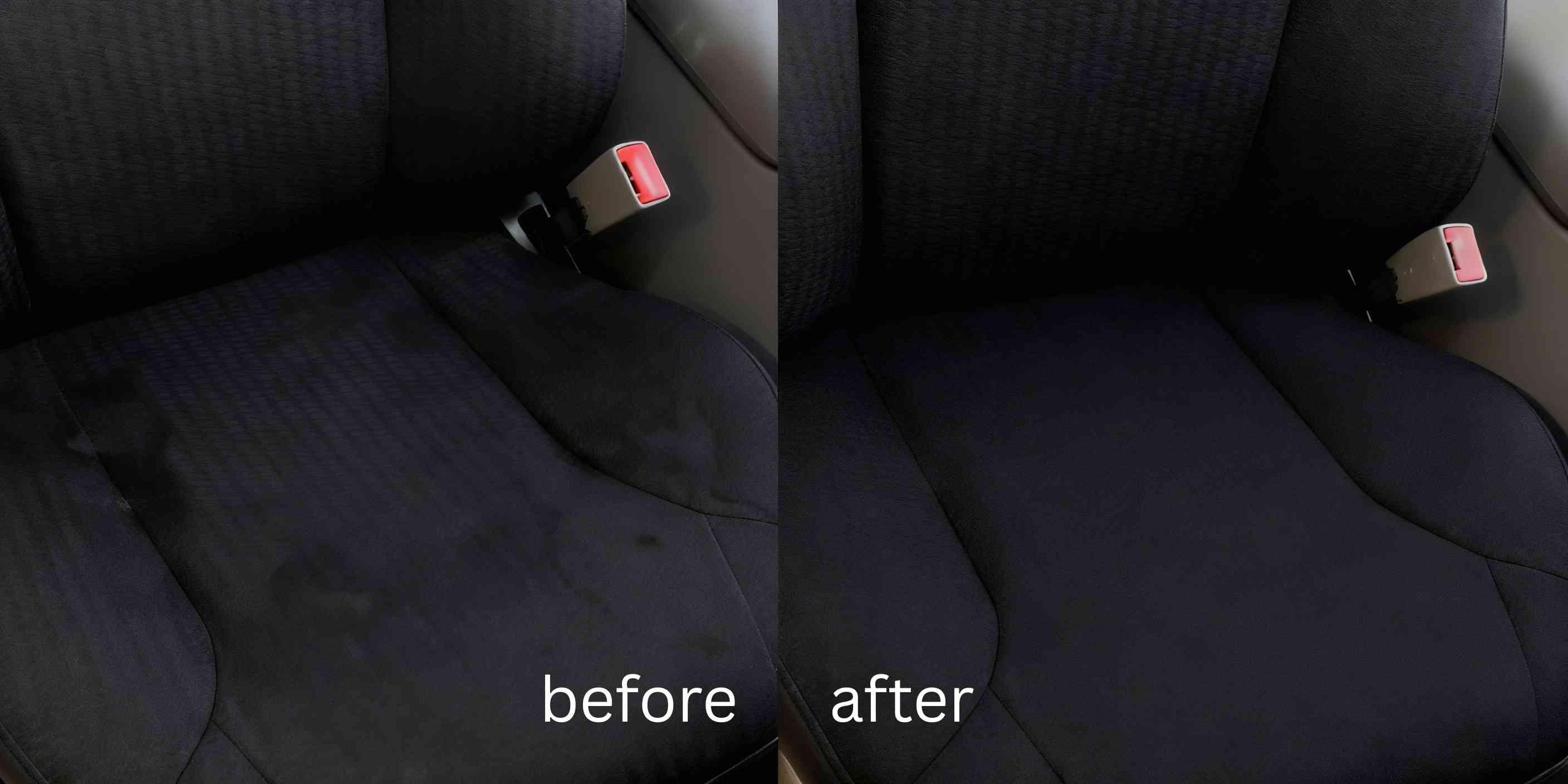California’s rainy season typically runs from November to April, especially across the southern and coastal regions. While much of the year is dry and sunny, these months bring frequent rainstorms and overcast weather. For car owners, that means more than just wet roads, rain can affect the health and appearance of your vehicle’s paint.
Many drivers assume rainwater is harmless. But the real problem lies in what’s in the rain. As rain falls, it picks up pollutants and contaminants from the atmosphere, especially in urban areas like Los Angeles and Burbank. The result? Acid rain, a hidden enemy of your car’s finish.
So, is it bad to let the rain dry on your car? Yes. Letting rain dry on your vehicle can lead to water spots, mineral buildup, and long-term damage to your paint and clear coat.
Does Rain Damage Car Paint?
Yes, rain can damage your car’s paint, especially if it’s acidic or left to dry naturally. While water alone may not be harmful, acid rain forms when atmospheric pollutants like sulfur dioxide and nitrogen oxides mix with rainwater. This acidic mixture can etch into your paint’s clear coat and cause visible and irreversible damage over time.
What Is Acid Rain and Why Does It Matter?
Acid rain is common in areas with high traffic, industrial activity, or smog making Southern California particularly vulnerable. When this rainwater sits on your car’s surface and evaporates, it leaves behind a corrosive film of minerals and acids. Over time, this leads to:
- Cloudy or dull paint
- Etched water spots
- Clear coat degradation
- Fading or oxidation
- Rust on exposed metal
How Acid Rain Damages Car Paint
Acidic water reacts with your vehicle’s clear coat, the protective layer over the colored paint. As the rain evaporates, it concentrates those acids and minerals, which eat away at the clear coat and leave permanent etching or spotting behind.
Rain also leaves behind hard water spots, especially when your car dries in direct sunlight. These spots contain calcium, magnesium, and other minerals that further deteriorate the finish if not washed off quickly.
In the long term, untreated rain damage can lead to serious issues like paint oxidation, flaking clear coat, and rust, especially around the hood, fenders, and other vulnerable areas.
How to Protect Your Car Paint from Rain Damage
The good news? Rain damage is 100% preventable with some simple care and maintenance steps. Here's how to protect your car during California’s rainy season:
- Wash your car regularly (ideally within 48 - 72 hours after rain) to remove acidic residue and pollutants.
- Apply a high-quality wax or sealant every 2-3 months to form a hydrophobic barrier.
- Consider ceramic coating for long-term protection that can last up to several years.
- Use a breathable car cover if you park outdoors frequently.
- Clean the undercarriage and wheel wells to prevent grime and moisture buildup that can lead to corrosion.
How to Fix or Reverse Rain Damage on Car Paint
Already noticing spots or dullness? Here’s how to fix rain damage on your car:
- Clay bar treatment - Removes surface contaminants and light water spots.
- Polishing/paint correction - Restores shine and removes micro-etching or cloudy clear coat areas.
- Professional detailing - For more serious damage, a detailer can restore or even reapply protective coatings.
DIY detailing kits are great for minor issues, but if you see fading, oxidation, or stubborn etching, it’s best to contact a professional car detailing service in Burbank.
Should You Worry About Rain on Your Car?
Yes, but don’t panic. Rain itself isn’t dangerous; it’s the pollutants it contains and the length of time it’s left on your car that cause damage. The key is quick action and regular maintenance. Washing your car soon after rain, applying protective coatings, and addressing early signs of damage will keep your paint in great condition.
When properly protected, your car can withstand dozens of rainy seasons without losing its gloss or value.
Protect Your Car During California’s Rainy Season
Even in sunny California, the rainy season from November to April can sneak up on you - especially during sudden winter and spring storms. If you live in Southern California, you're also dealing with high levels of air pollution, which increases the risk of acid rain. That’s why it’s so important to protect your vehicle’s paint and address rain damage early.
Need expert help?
Trust a professional car detailing service in Burbank to keep your car looking flawless year-round, rain or shine. From paint correction to ceramic coating, we offer tailored solutions for every car and budget.
Trust a professional car detailing service in Burbank to keep your car looking flawless year-round, rain or shine. From paint correction to ceramic coating, we offer tailored solutions for every car and budget.


 /
/ /
/